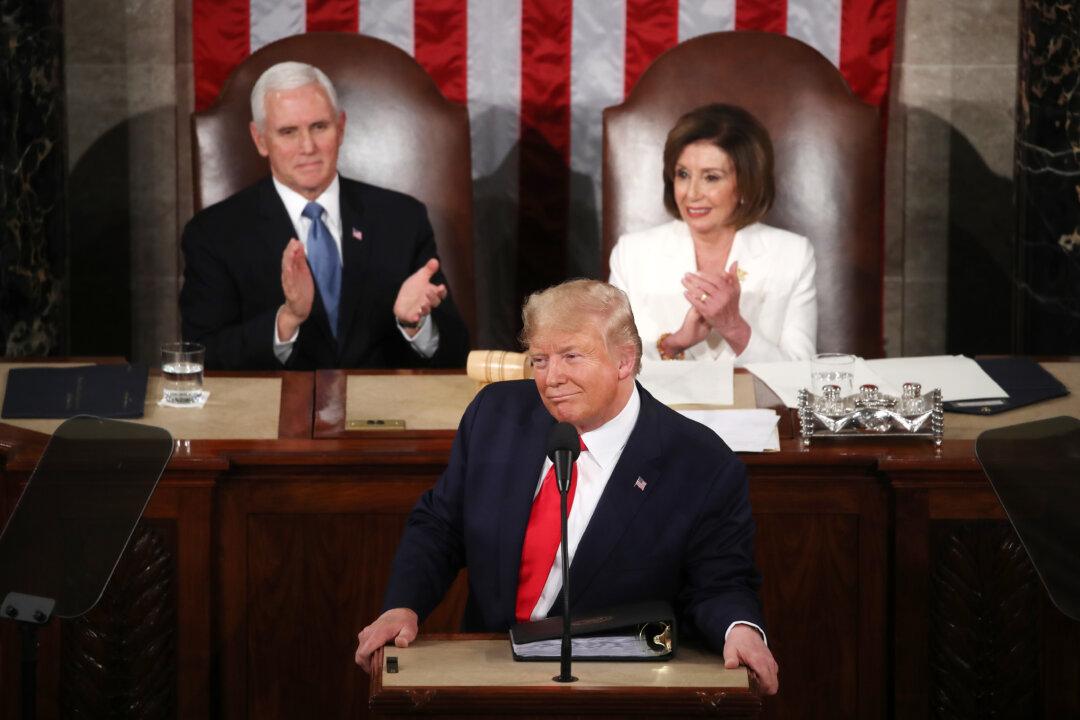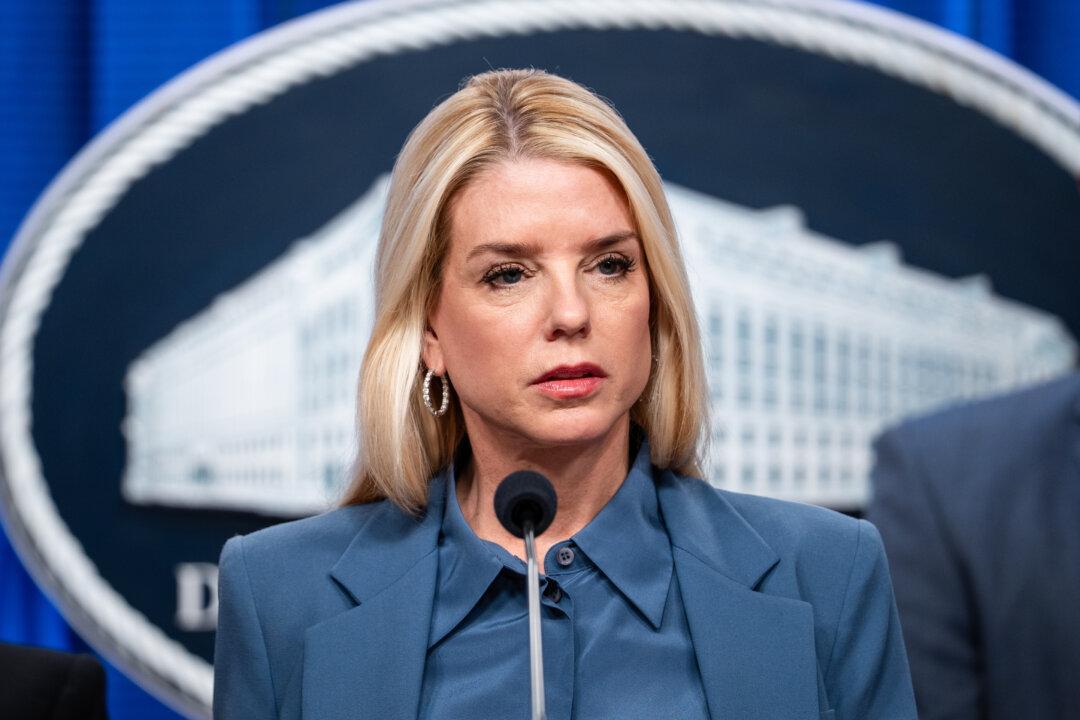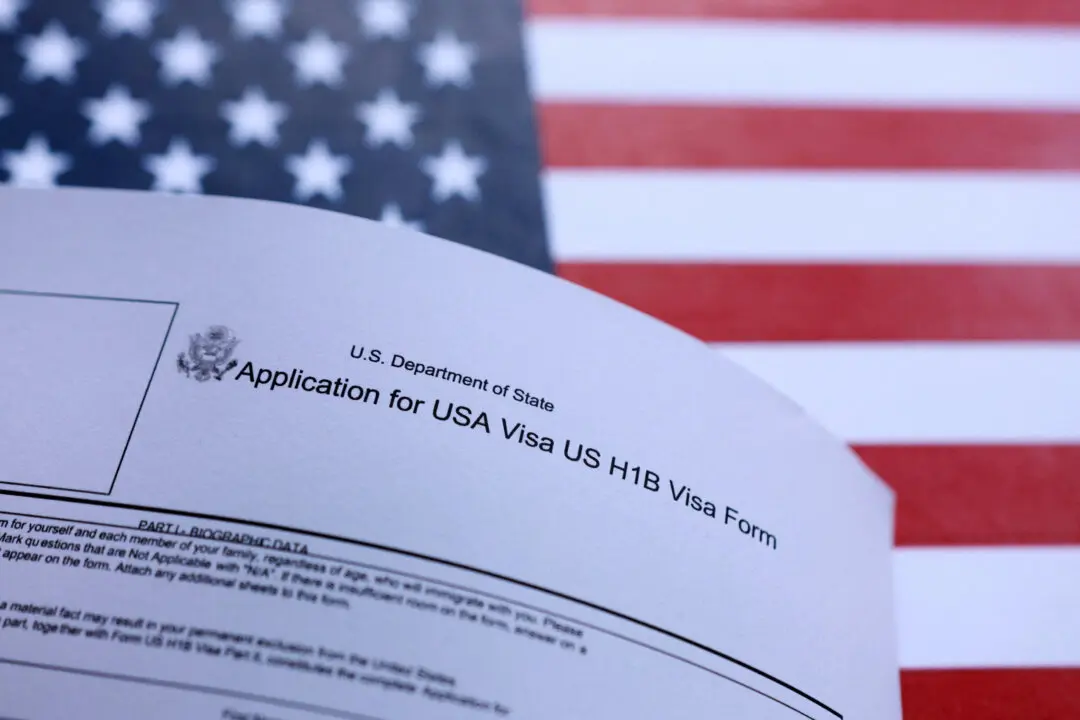The jury is still out on whether President Donald Trump’s executive order last year–highlighted in last week’s State of the Union address—to require hospitals to be more transparent about the prices they charge will actually bring health care costs down, according to health care experts consulted by The Epoch Times.
The system by which prices are determined—which includes the government getting involved, negotiations between hospitals and physicians, as well as between hospitals and health insurers—is impenetrably complex and difficult to understand, analysts say. And very few consumers feel the sting from high hospital prices because they don’t pay them directly.





